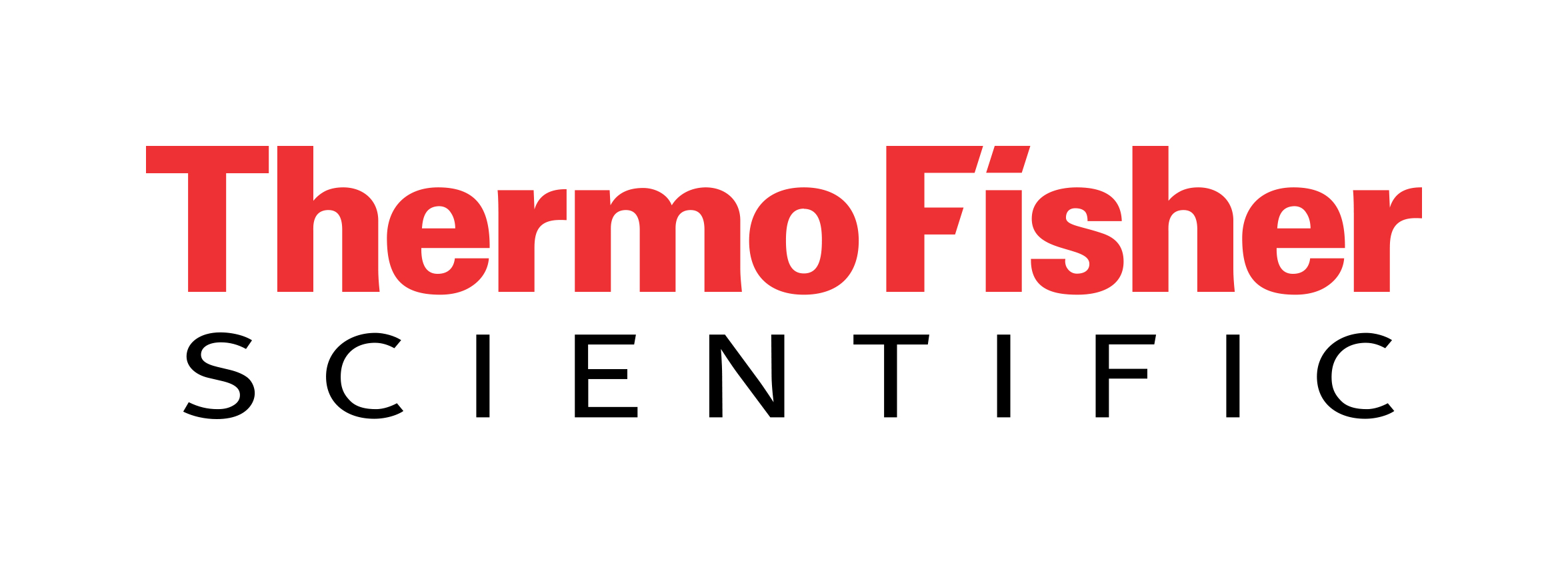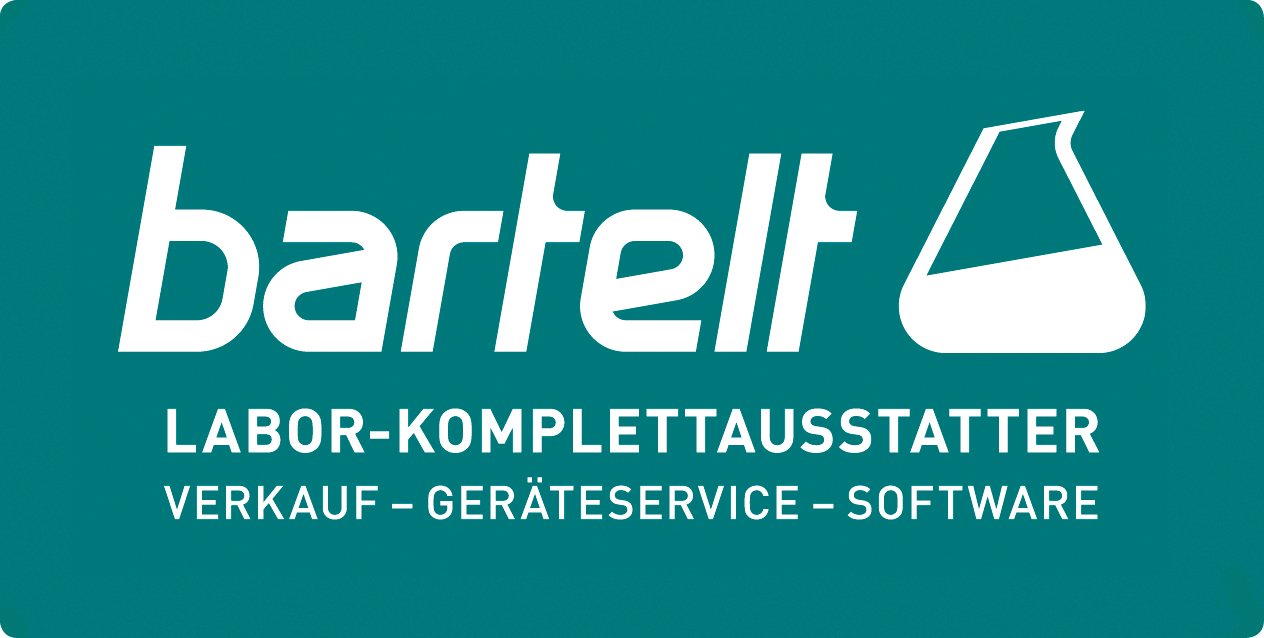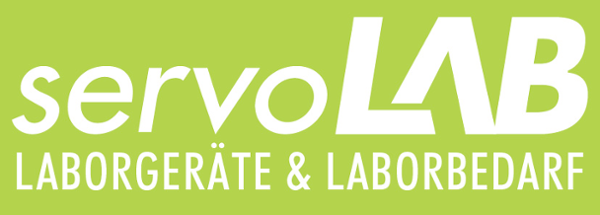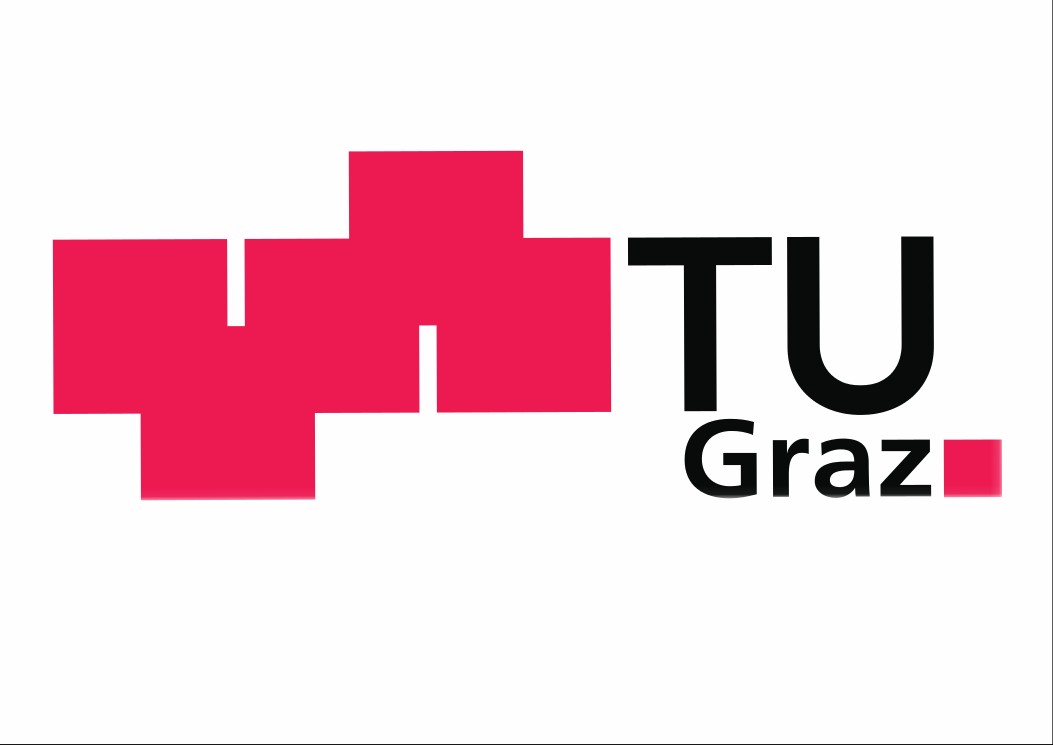| Line 228: | Line 228: | ||
<h2 class="mt-xl mb-none"><span class="alternative-font font-size-md">Concordia</span></h2> | <h2 class="mt-xl mb-none"><span class="alternative-font font-size-md">Concordia</span></h2> | ||
<p> | <p> | ||
| − | The collaboration with iGEM Concordia is our main collaboration. The team from Montreal is working on nanoparticles coating e.g. bacteria. They try to attach them to the surface of yeast and Escherichia coli cells. Afterwards they force a fight between the various organisms coated by different nanoparticles. | + | The collaboration with iGEM Concordia is our main collaboration. The team from Montreal is working on nanoparticles coating e.g. bacteria. They try to attach them to the surface of yeast and <i>Escherichia coli</i> cells. Afterwards they force a fight between the various organisms coated by different nanoparticles. |
| − | This is quite similar to what we are doing and so we decided to send our fighting-ready E.coli plasmids to Canada, in order to Team Concordia can build fighters with equipped nanoparticles and our plasmid, which produces toxins as a weapon. | + | This is quite similar to what we are doing and so we decided to send our fighting-ready <i>E.coli</i> plasmids to Canada, in order to Team Concordia can build fighters with equipped nanoparticles and our plasmid, which produces toxins as a weapon. |
The final study will be to find out if there are any differences in expression and secreting of the proteins, as well as, if they can survive with even more pressure from the environment. | The final study will be to find out if there are any differences in expression and secreting of the proteins, as well as, if they can survive with even more pressure from the environment. | ||
Revision as of 15:06, 19 October 2016
Virginia
iGEM Team Virginia asked us to do a survey about biocontainment. It was very interesting and we could get more into the topic by doing it. For helping we got a collaboration badge. For the survey results go to https://2016.igem.org/Team:Virginia/Collaborations
Tel Hai
Team Tel Hai is working on a possible cure for Cystic Fibrosis together with the Cystic Fibrosis foundation of Israel. They decided to run a campaign called 65 roses. It is about people being photographed holding a rose in order to raise awareness amongst the general public and raise money for those great foundations, just like with the ALS ice bucket challenge. More information about the campaign can be found here: 65 Roses: A Cystic Fibrosis Story We were very pleased to help them and of course, sent a picture of us and a rose. For the picture klick https://2016.igem.org/Team:Tel-Hai/Collaborations
Aachen
iGEM Team Aachen 2016 asked us to help them with a survey about genetic engineering. It gave us a better insight about the general opinion of the public, including a discussion about positive and negative representation in the media. We also were able to eliminate a few prejudices.
For any further information please check:
https://2016.igem.org/Team:Aachen/Collaborations
Concordia
The collaboration with iGEM Concordia is our main collaboration. The team from Montreal is working on nanoparticles coating e.g. bacteria. They try to attach them to the surface of yeast and Escherichia coli cells. Afterwards they force a fight between the various organisms coated by different nanoparticles. This is quite similar to what we are doing and so we decided to send our fighting-ready E.coli plasmids to Canada, in order to Team Concordia can build fighters with equipped nanoparticles and our plasmid, which produces toxins as a weapon. The final study will be to find out if there are any differences in expression and secreting of the proteins, as well as, if they can survive with even more pressure from the environment. For particular results please check: https://2016.igem.org/Team:Concordia/Collaborations
Furthermore, in our first Skype meeting with iGEM Team Concordia, we also talked about the ethics of our project. We addressed questions like: For what reason do we not care about manipulating our microorganisms to die for us? Is it because of size differences? Is it because there are vastly more single-cell organisms than humans? Because single celled organisms do not have nerve cells meaning they can’t feel death? Is the alternative just too problematic that the ends justify the means? The ethical discussion was exciting and we all got new inputs concerning ethics related to our projects.
Sponsoring













